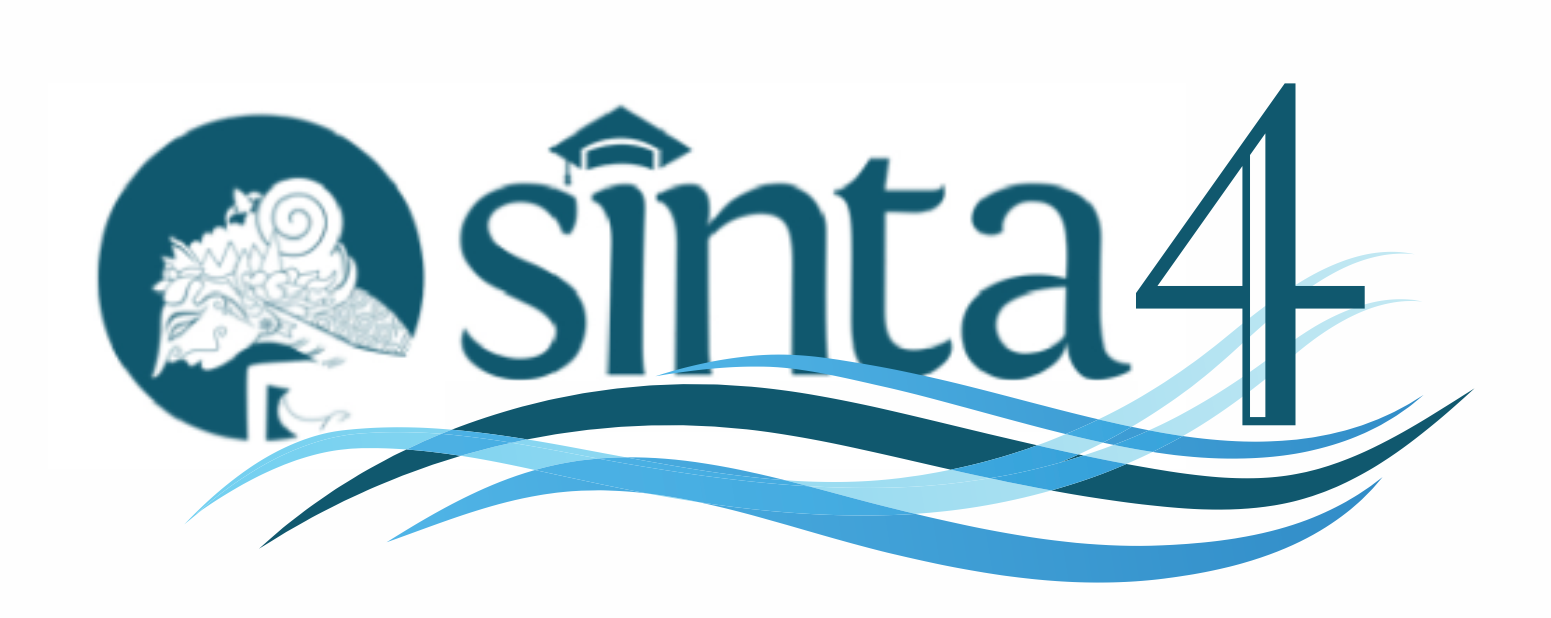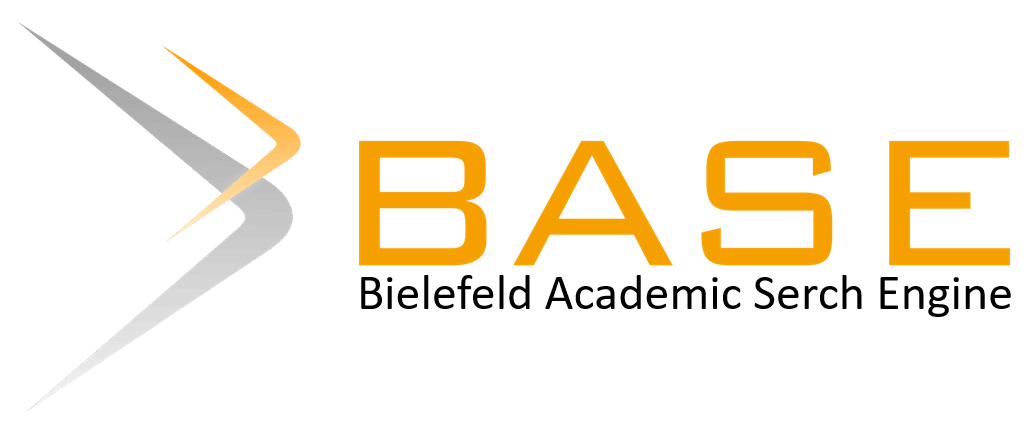Priority efforts to increase income of agribusiness companies in West Bandung, West Java, Indonesia
Abstract
Horticulture is one of the agricultural sub-sectors with excellent potential to develop in Indonesia. Horticulture includes vegetables, fruits, medicinal plants, and ornamental plants. Along with the development of agricultural technology, horticultural crops can be cultivated with a hydroponic system. The hydroponic system or soilless culture is a way of cultivating plants using a solution medium. Hydroponic systems are proliferating for cultivating horticultural vegetables due to the increasing demand for quality vegetables. Vegetables cultivated using the hydroponic system are fresher and cleaner, so they have better quality than conventional vegetables. The reason is that plant roots are not in direct contact with the soil. One of the agribusiness companies that cultivate vegetables with a hydroponic system is Wangunsari Farm Hydroponics (WFH). WFH is in Lembang District, West Bandung Regency, West Java Province. WFH plans to cultivate Redoakleaf Lettuce vegetables and establish a Kale Crunch business to increase income. This study aims to analyze the financial aspects of cultivating RedOakleaf Lettuce and establishing a Kale Crunch business, and determining which business is a priority to be carried out first. The analytical method used is descriptive graphics, quantitative tabulation, and counting Net Present Value (NPV), Gross B/C, Net B/C, Internal Rate of Return (IRR), and Payback Period. Based on the financial feasibility calculations, it is concluded that both businesses are feasible for increasing WFH income. However, the Kale Crunch business has become a priority before cultivating the Red Oakleaf Lettuce vegetable because it has a value NPV IDR 27,149,410, Net B/C 4.1, Gross B/C>1 1.1, IRR>DR is 95% where DR is 3.5% and the payback period is two years where the business life is five years. Horticultural agribusiness supports the eighth Sustainable Development Goals (SDGs).
References
Armesto, J., Carballo, J., & Martínez, S. (2015). Physicochemical and Phytochemical Properties of Two Phenotypes of G Alega Kale (B Rassica Oleracea L. Var. Acephala Cv. G Alega). J. Food Biochem. 39(4), 439–448. https://doi.org/10.1111/jfbc.12151.
Dewanti, S., K., Fuskhah, E., & Sutarno. (2019). Growth and production of kale (Brassica oleracea var. Acephala) at different doses of vermicompost fertilizer and spacing. Journal of Tropical Agriculture. 6(3): 393 – 402.
Gandhi, P., & Purwana, I. S. (2023). Kelayakan Finansial Pendirian Bisnis Sosis Sapi PT XYZ di Kota Bogor, Jawa Barat, Indonesia. PETERPAN (Jurnal Peternakan Terapan), 5(1), 30-40. https://doi.org/10.25181/peterpan.v5i1.2858.
Gandhi, P., & Tanjung, D. (2022). Financial Feasibility and Social Networking of Floating Net Cage, Haranggaol, Toba Lake, North Sumatra Province. Journal of Sustainable Aquatics, 5(2), pp.66-72. https://doi.org/10.31629/akuatiklestari.v5i2.4249.
Gandhi, P., Wawan, O., Muhammad, K., & Aniisa, R. 2022. Financial Feasibility Analysis of Efforts to Increase Strawberry Producers' Income During the Covid 19 Pandemic in Magelang, Central Java. Journal of Management Small and Medium Entreprises (SME's), 15(2), pp. 225-247, Available at: https://doi.org/10.35508/jom.v15i2.6723.
Gandhi, P., Wawan, O., & Malika, M.2022 . Kelayakan Finansial Pemasaran Digital Stroberi Organik Saat Pandemi Covid-19 di SFI, Magelang, Jawa Tengah. Musamus Journal of Agribusiness, 5(1), 30 - 38. https://doi.org/10.35724/mujagri.v5i1.4987.
Hanum, N., N., & Jazilah, S. 2021. The effect of the concentration and interval of giving Morinsa POC on the growth and production of kale (Brassica oleracea var.acephala). 17(1): 14 – 22.
Kasmir & Jakfar. 2014. Business Feasibility Study. 10th Edition. Jakarta: Prenadamedia Group.
Nurmalina, R., Sarianti, T., & Karyadi, A. 2014. Business Feasibility Study. 3rd Edition. Bogor: IPB Press.
Riski, M., & Ramli, R. (2022). PERTUMBUHAN DAN HASIL TANAMAN SELADA (Lactuca sativa L.) DENGAN PEMBERIAN AIR KELAPA PADA SISTEM HIDROPONIK SUBSTRAT. AGROTEKBIS : E-JURNAL ILMU PERTANIAN, 10(2), 397 - 405. Retrieved from http://103.245.72.23/index.php/agrotekbis/article/view/1247.
Rizka, S,. & Aziz, A. (2022). Analisis Kelayakan Usaha Sayuran Sawi Hidroponik Di Kecamatan Kambu Kota Kendari. Magister Agribisnis: Jurnal Agribisnis, 22 (2), 123-132.
Samec, D., Urlić, B., Salopek, S., B. (2019) Kale ( Brassica Oleracea Var. Acephala ) as a Superfood: Review of the Scientific Evidence behind the Statement. crit. Rev. Food Sci. 59(15), 2411–2422. https://doi.org/10.1080/10408398.2018.1454400.
Situmorang, SH & Dilham, A. (2007). Business Feasibility Study. 1st Edition. Medan: USU Press.
Surbakti, I,.H,.A., Lahay,.R,.R & Irmansyah, T.(2015). Respons Pertumbuhan dan Produksi Tanaman Selada (Lactuca sativa L.) Terhadap Pemberian Pupuk Organik Cair Urin Kambing Pada Beberapa Jarak Tanam. Jurnal Agroekoteknologi, 4 (1), 1768 – 1776.E-ISSN No. 2337- 6597
Waseem, L., Iqra, F., A., Muhammad, A., R., Asma, A., l., Rehman, Hadiqa, F., R., Muhammad, S., A., Saadia, A ., Muhammad, Z., Saira, S., Ammar, AF, & Mohammed Refai. (2023). Industrial applications of kale ( Brassica oleracea var. sabellica ) as a functional ingredient: a review, International Journal of Food Properties, 26:1 , 489-501. https://doi.org 10.1080/10942912.2023.2168011.


.png)














